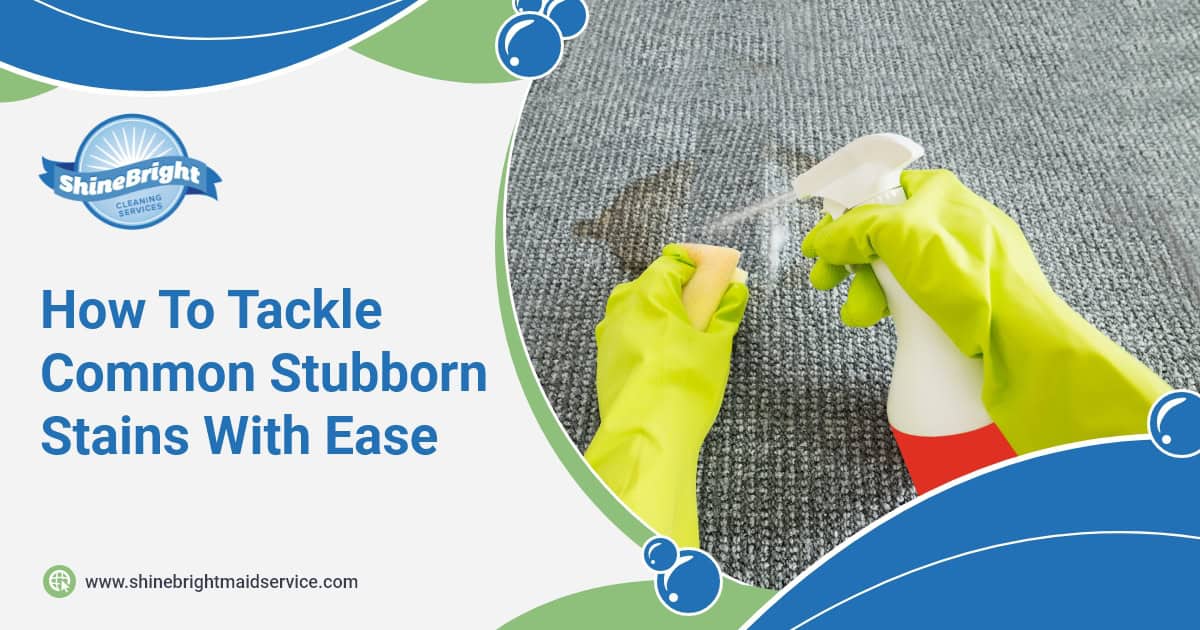
Whether you find them on your furniture or embedded in your apparel, dealing with stains is not pleasant. While some smudges are a breeze to handle, others are like deciphering a puzzle, requiring unique tactics or an extra pinch of time and effort.
For those instances when regular detergent doesn't cut it, we've got some foolproof methods to make those stubborn stains give in more easily!
Know this: using the wrong water temperature can mess things up, potentially wrecking the removal process or harming the surface you're dealing with.
Take delicate materials like satin, silk, wool, and even wood, for example. Cold water is your go-to for handling them without causing any harm. And forget about using hot water on organic stains; it'll make them cling to the surface like a permanent tattoo.
Extra tip: If you're unsure about a fabric, sneak a peek at the washing instructions on the label.
If you spill red wine on your clothes or furniture, quick action is the name of the game! Check this out:
Whip up a mix of one part hydrogen peroxide and two parts water. Then, generously spread the mixture on the stain with a splash of enzymatic laundry soap. Wait for three minutes, and then toss the fabric in the washing machine with cold water and the same soap.
No machine in sight (or dealing with something that can not fit in one)? No problem. Apply the hydrogen peroxide mix directly, wait three minutes, give the stain a little massage, and rinse with cold water.
Tomato sauce stains can be a challenge due to their chemical composition. If you spot one, grab a spoon or knife and promptly scrape off as much as you can.
Once ready, bring out your cleaner—whether it's laundry soap, dishwashing liquid, or hand soap—to go head-to-head with the stain, washing it by hand. When you're done, rinse thoroughly with cold water.
Pro-tip: If possible, throw the stained item in the laundry with cold water and enzymatic detergent.
Handle grass stains carefully, as chlorophyll (the stuff that makes it green) basically makes them a dye, which results in recoloring your threads.
Combat them by creating a mix of one part baking soda and hydrogen peroxide blended with three parts warm water. Apply it to the stained spot and let it do its work for about ten minutes, then hand wash or toss it in the machine with your regular detergent.
Knowing how to tackle organic stains is particularly handy for pet owners dealing with urine, feces, and vomit stains, for instance.
First things first, you'll need a special product called enzymatic cleaner. These clever products use friendly bacteria to break down stains. Apply it directly, follow the label's instructions, and remember, hot water is a big no-no!
Pro-tip: For bloodstains, ensure your cleaner has proteases as a component (check on the label).
As these products are designed to stick to the surface they're used on, it's normal that they play hard to take out. The best thing you can do is act on them as soon as you spot one.
Handle them by gently rubbing isopropyl alcohol with a clean cloth and working it into the stain. Rinse with cold water, repeat a couple of times, and finish with a heavy-duty laundry detergent wash.
When it comes to battling stains, speed is crucial. Over time, even seemingly easy stains can become permanent, no matter how hard you scrub.
If you're dealing with those clingy stains, don't push it too far. Going overboard could backfire, causing harm to the fabric or surface you're trying to save. If you're feeling daring, proceed with caution!
Dealing with stains can get so tedious that your will to clean can disappear. That's why at Shine Bright Cleaning Services, we offer cleaning packages that will leave your place spotless from top to bottom—and you won't have to lift a finger. Get an instant quote today!